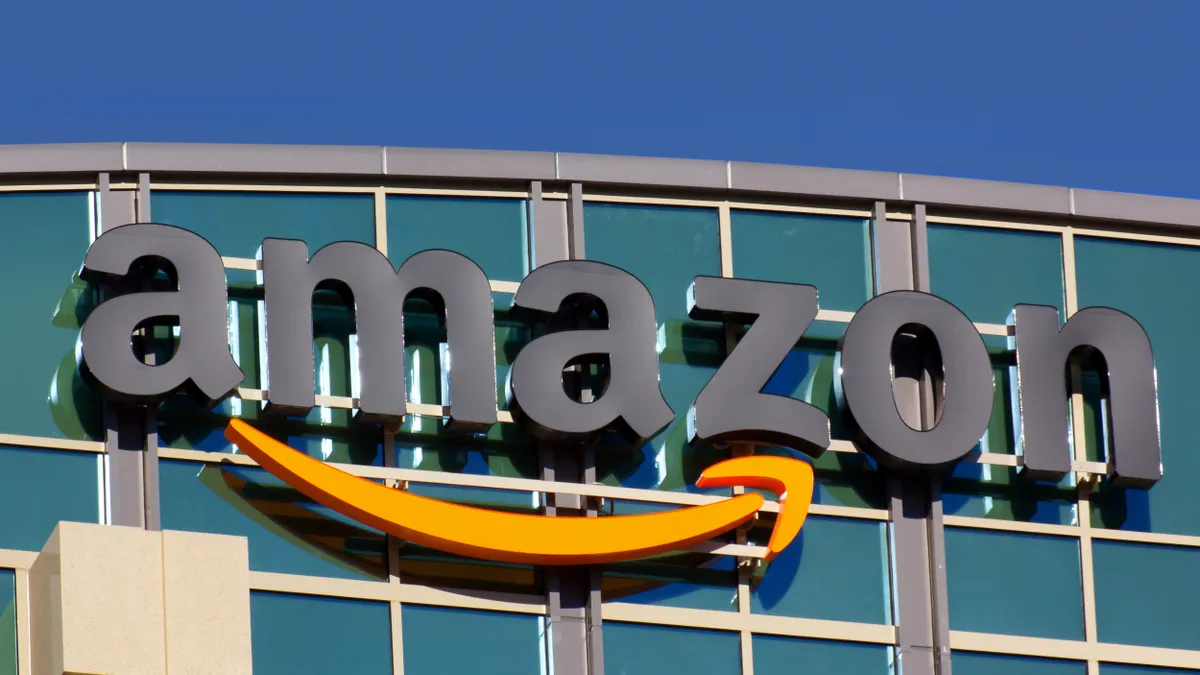Dive Brief:
- A study by the National Bureau of Economic Research (NBER) revealed that, in the past decade, Amazon has reduced its shipping costs by roughly 50% while at the same time growing its profit margins between 5% and 14%, Buzzfeed reported.
- The study notes that within the same span, a 40% reduction in prices has also occurred, potentially linking the shipping savings to customer cost reductions.
- As the number of distribution centers has expanded, Amazon saw savings of between $0.17 and $0.47 for each 100 miles cut out from the shipping of $30 worth of goods, the study added.
Dive Insight:
Amazon's is an example of a company taking control of its supply chain, and the costs-benefit calculations implicit in any decision.
Each vertical move, whether a new distribution center or acquisition, requires significant capital infusion whose returns are seen only in the long-term. The results of Amazon's early investments are now evident in the company's market share and savings, even if not in the company's profit margins.
The company shows no signs of stopping in retail, however, and is now attempting to disrupt other markets with the same model, including logistics. If Amazon's strategy works because it can be a dominant force in the market, can it be the case for its logistics venture as well?
Talk of it dominating the logistics sector appeared in last September's Wall Street Journal, leading some to wonder whether it might actually succeed. UPS and FedEx, however, remain unworried citing their decades of experience and Amazon's lack thereof in what is often considered a relationship business.
Meanwhile, Amazon still has plenty to learn — in fact, the company has a a history of violating hazardous-materials regulations for their aircraft. Yet the company is not shy of new challenges, and what Logistics TI calls their "customer ecosystem" appears to be paying off.
In a recent article, the consultancy found Amazon spent $1.9 billion on shipping costs last quarter (a 29.6% increase), and $4.7 billion on fulfillment costs (27.4% increase). At the same time, the company's third-party services for fulfillment and shipping netted $6.4 billion (34.1% increase). Although still unprofitable on these base numbers, if investments continue to pay off, the revenue growth will only continue as well.
Yet, the logistics industry is extremely fragmented, and while Amazon appears to now be a prominent player, questions remain about whether it can dominate this scene as well. The model is working, but what's missing is the innovation to turn the industry over its head (although it's trying).












